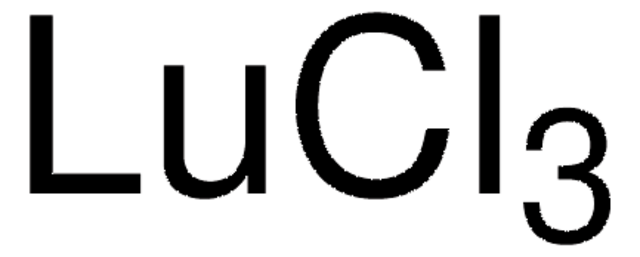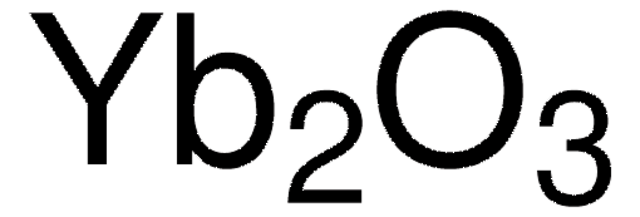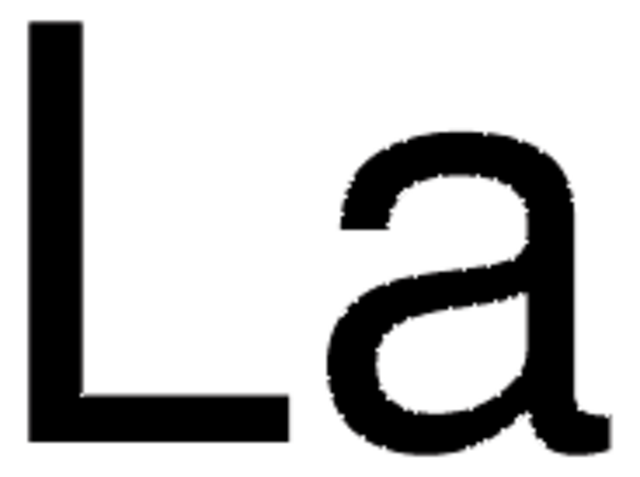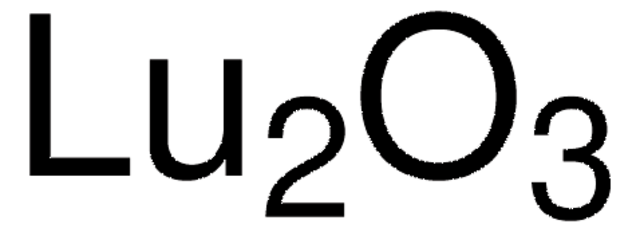GF58573648
Lutetium
powder, 1g, max. particle size 500 micron, 99.9%
Sinónimos:
Lutetium, LU006010
About This Item
Productos recomendados
Ensayo
99.9%
Formulario
powder
fabricante / nombre comercial
Goodfellow 585-736-48
resistividad
54 μΩ-cm, 20°C
tamaño de partícula
500 μm
bp
3402 °C (lit.)
mp
1663 °C (lit.)
densidad
9.84 g/mL at 25 °C (lit.)
cadena SMILES
[Lu]
InChI
1S/Lu
Clave InChI
OHSVLFRHMCKCQY-UHFFFAOYSA-N
¿Está buscando productos similares? Visita Guía de comparación de productos
Categorías relacionadas
Descripción general
Información legal
Palabra de señalización
Danger
Frases de peligro
Consejos de prudencia
Clasificaciones de peligro
Flam. Sol. 1
Código de clase de almacenamiento
4.1B - Flammable solid hazardous materials
Clase de riesgo para el agua (WGK)
WGK 3
Punto de inflamabilidad (°F)
Not applicable
Punto de inflamabilidad (°C)
Not applicable
Elija entre una de las versiones más recientes:
Certificados de análisis (COA)
It looks like we've run into a problem, but you can still download Certificates of Analysis from our Documentos section.
Si necesita más asistencia, póngase en contacto con Atención al cliente
¿Ya tiene este producto?
Encuentre la documentación para los productos que ha comprado recientemente en la Biblioteca de documentos.
Global Trade Item Number
| Número de referencia del producto (SKU) | GTIN |
|---|---|
| GF58573648-1EA | 4061825410074 |
Nuestro equipo de científicos tiene experiencia en todas las áreas de investigación: Ciencias de la vida, Ciencia de los materiales, Síntesis química, Cromatografía, Analítica y muchas otras.
Póngase en contacto con el Servicio técnico








